| Designer | Franze |
| Map | Syria |
| Running time | 12 hours |
| Type | PvE |
| Slots | 138 |
| Date | 25 November 2015 |
| Start time | 0430 Local |
| Version | vOB256_004k |
| DCS Version | 2.8 |
| Skill level | Moderate |
Overview
Fire Cube is a PvE cooperative mission designed to challenge players in night flying, target location, and navigation. The core is relatively simple: all targets are non-moving, fixed in place, waiting for player actions. However, the forces are randomized with each playthrough, meaning that not all forces will be present in the same location and same capacity as in previous runs. This design decision allowed a relatively flexible mission without having associated issues with moving forces.
There are a large number of available slots to cater to a variety of aircraft choices, allowing just about every aircraft type to be utilized in the scenario. Enemy forces are not strong, top tier forces, but instead more historical opponents utilizing a miss-mash of hardware. This puts the challenge not on pure combat prowess, but instead on more procedural skills that are forgotten within DCS.
The mission was based upon real world procedures used during Operation Iraqi Freedom, where specially designated areas called “killboxes” were utilized to minimize blue-on-blue casualties while allowing airpower the freedom to attack critical targets for maximum damage.
Objectives
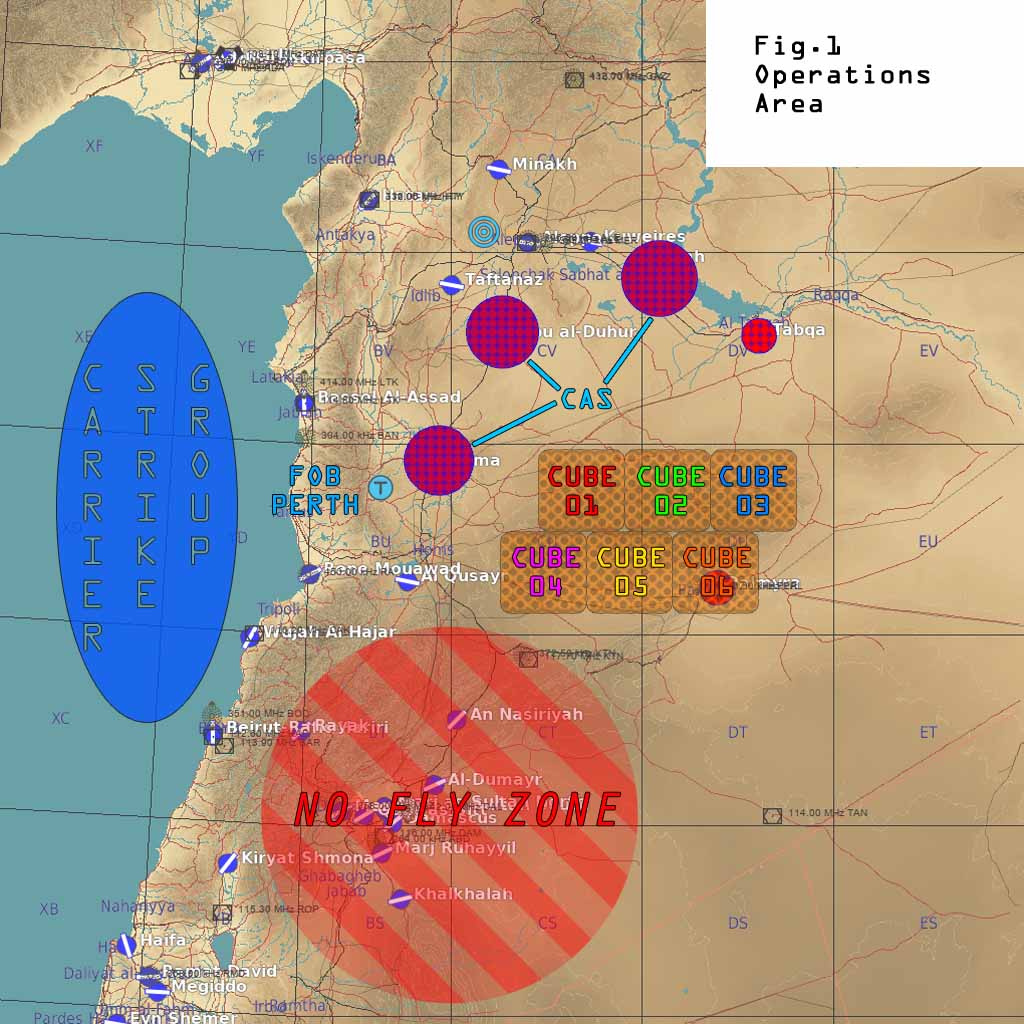

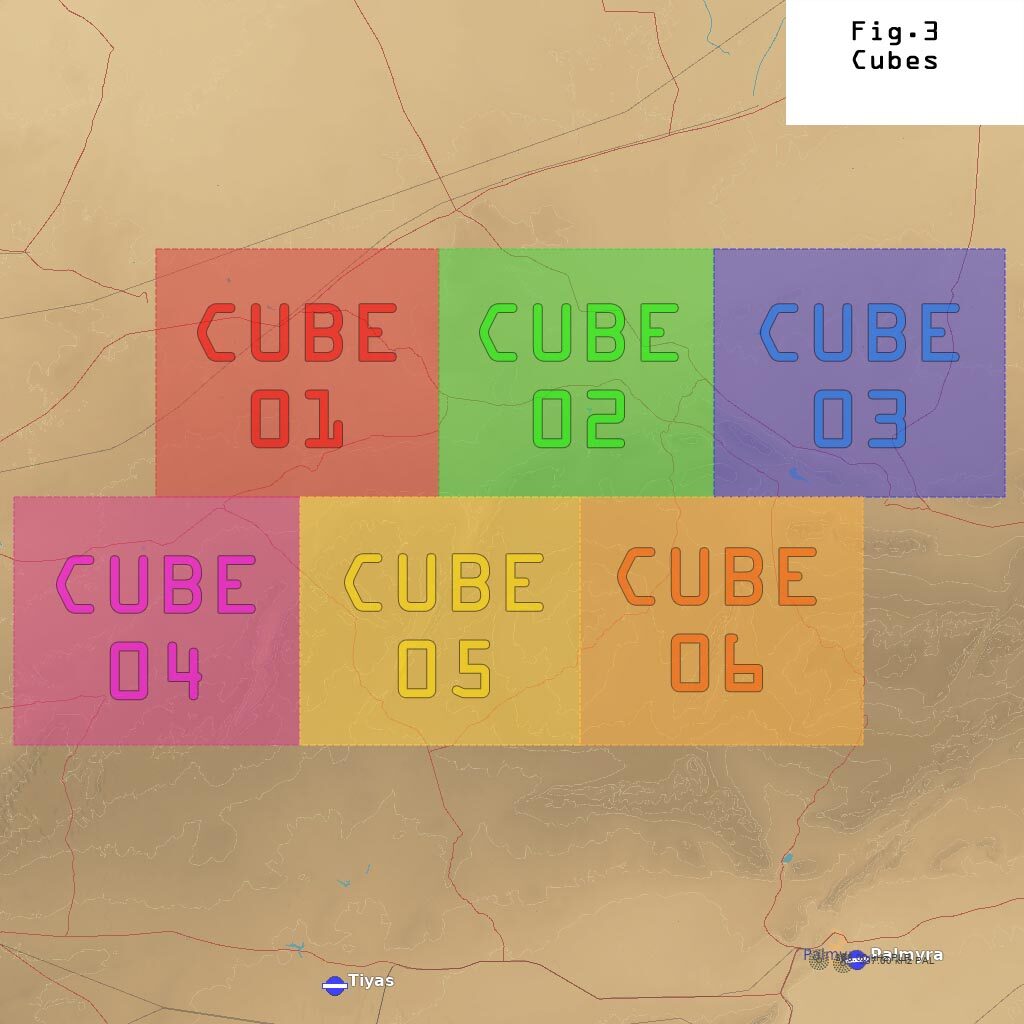
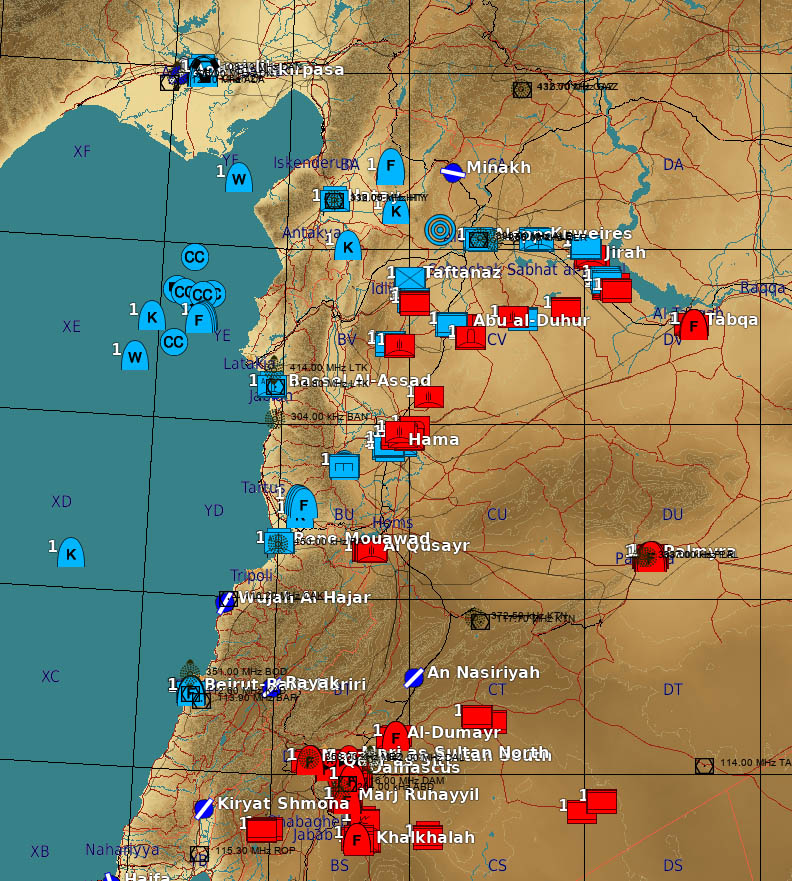
The primary objective is destruction of all targets within the killboxes – referred to as “cubes” in this mission. They are randomized and consist of a variety of targets, from light trucks and vehicles, to full on mobile air defenses. Some larger, more complex targets like HQ complexes may also be present.
The secondary objectives are three CAS zones, close to friendly troops. These zones are located in Hama, Abu Al Duhir, and Maskanah. Caution must be exercised when attacking targets in these areas as friendly forces are present and positive identification is a requirement.
Lastly, two hostile airfields are operational: Tabqa and Palmyra. Both bases are well-defended and can potentially scramble aircraft to inhibit player’s actions. Destroying targets at these bases might be a priority if resources can be spared to do so.
Considerations
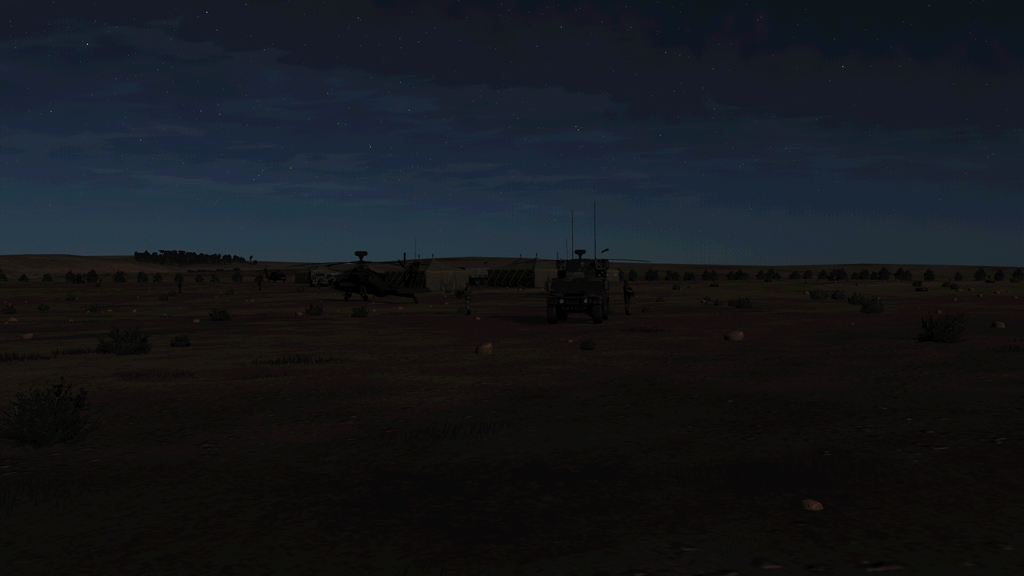
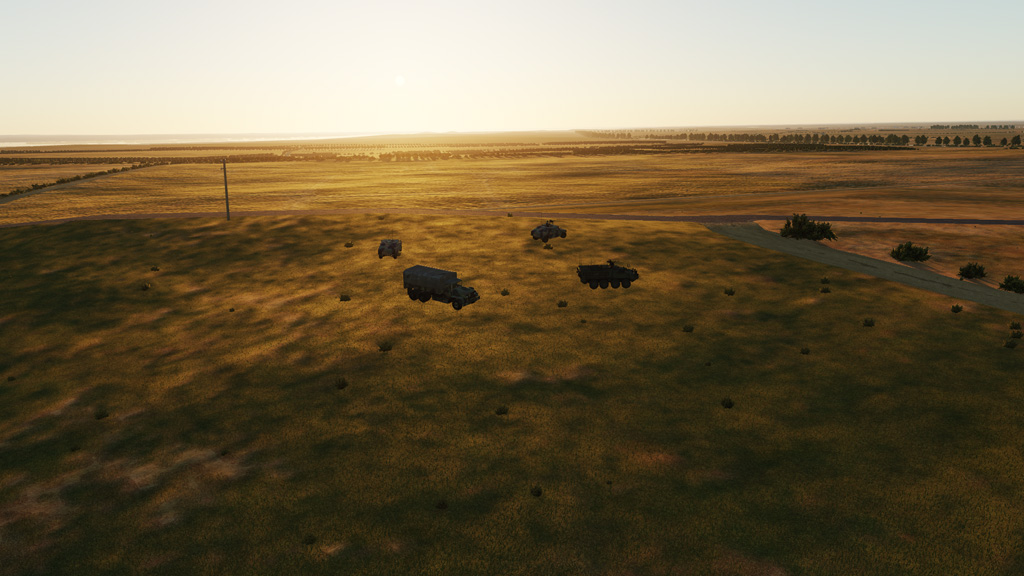

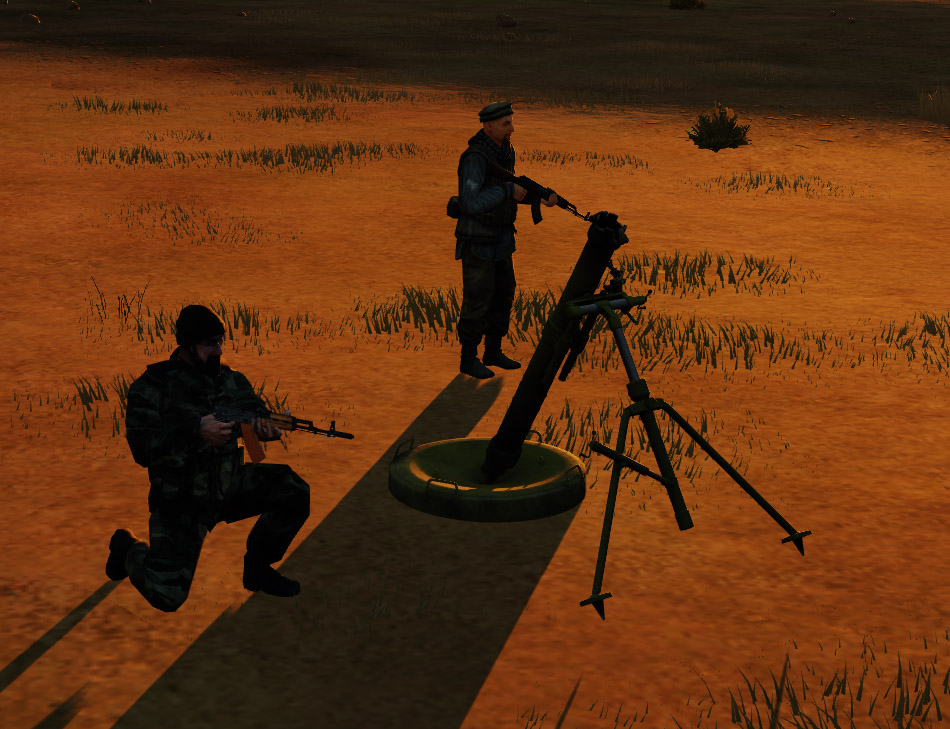
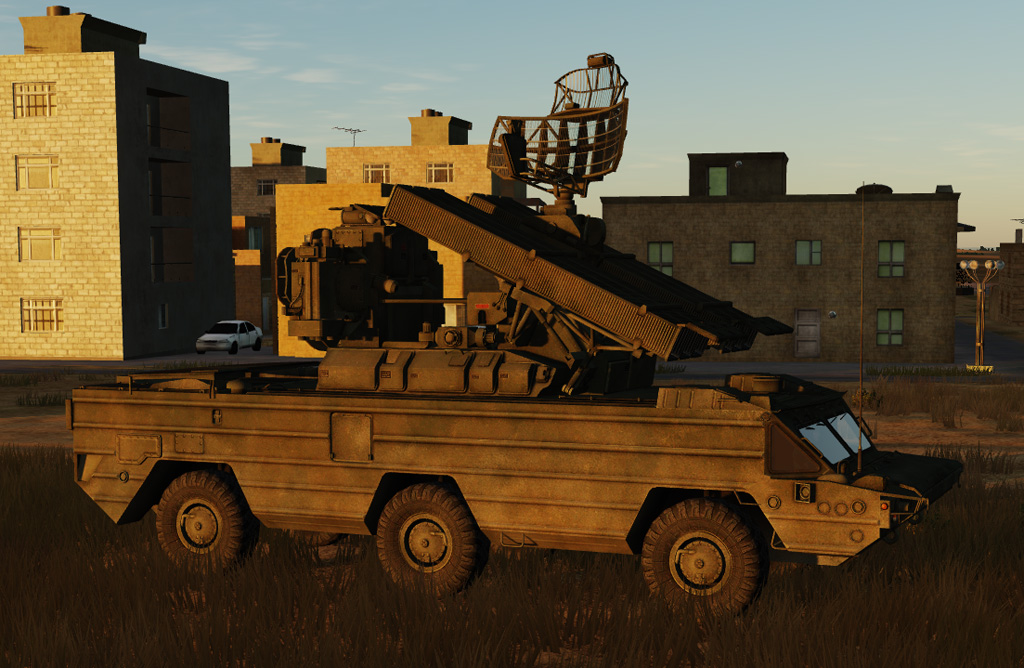
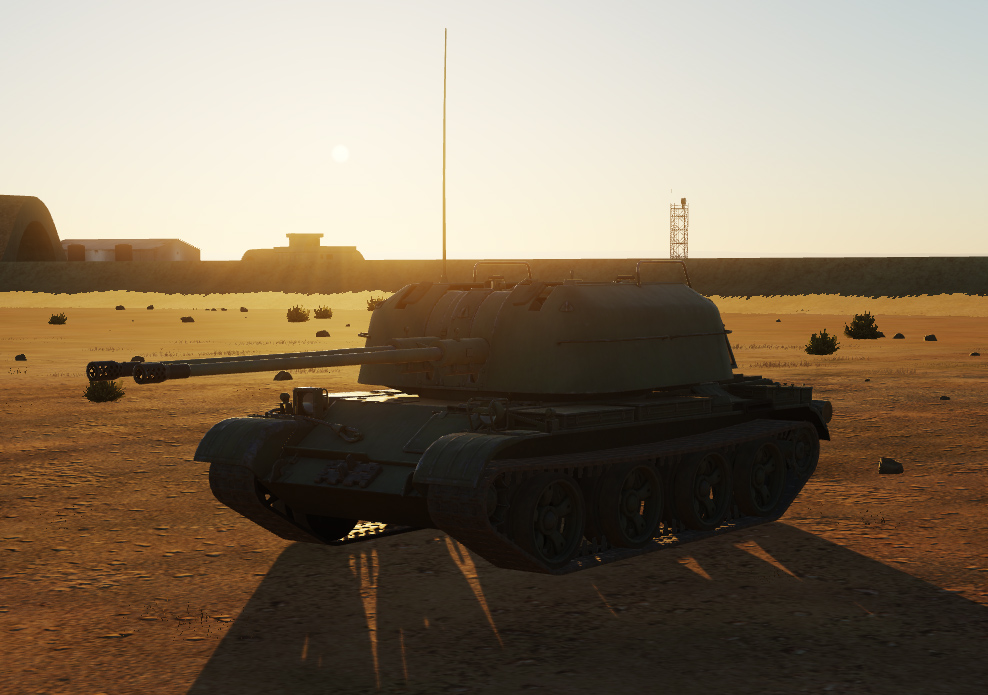
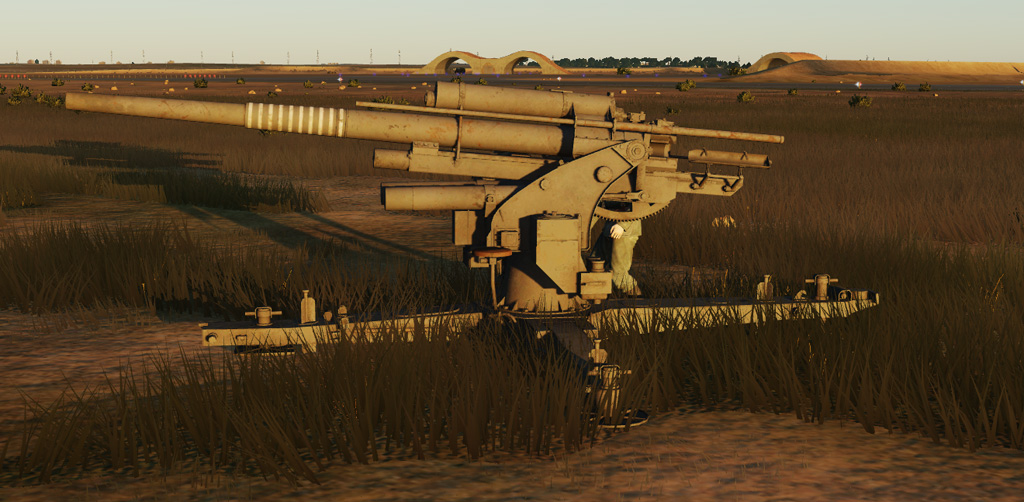
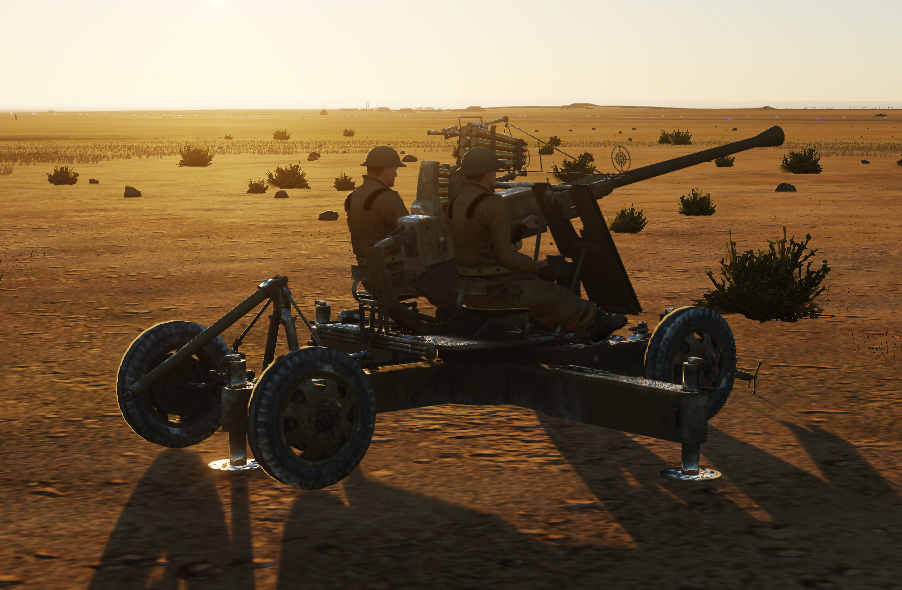
The mission starts early in the morning with moonlight that lasts for approximately three hours. As such, initial night operations must be planned for and there will be a large dependence on illumination devices, IR optics, and NVGs.
The mission has a restricted F10 map view and no labels are present; it will rely entirely on a player’s own ability to navigate, locate, and destroy targets. Tactical commanders may augment this with data they are aware of, but the primary objective will rely almost entirely on aircraft to prosecute.
There is a probability of hostile aircraft launching in response to player actions; this is highly variable and might be as simple as a roving outdated fighter patrol to attacks on friendly positions.
The CAS zones contain airfields that may be captured by ground forces or by helicopters ferrying troops. These airfields contain dug in defenders that will have to be removed by airpower before they can be captured, but once done so will allow for faster turn around times toward the primary objective.
Transport helicopters may request and embark infantry from three locations: FOB Perth, Taftanaz, and Aleppo. These personnel can be utilized to bolster ground forces and capture bases.
There are AI support elements available for CAS and transport purposes. These must be requested in the F10 radio menu before directing their actions via F10 map marks, followed by naming for the type of tasking request. If the requested group is available for tasking, a message will be sent and an approximate area of their directed location will be displayed. The following commands are available:
SCASREQ – This will request the slow CAS element, consisting of two A-10Cs equipped with 2xCBU-105, 2xGBU-54, 2xAGM-65, 1xGBU-12, 1xMk82, and full cannon. Callsign: Tusk 2
HCASREQ – This will request the B-1B CAS element, loaded with 48xGBU-38. Use this element wisely. Callsign: Bone 1
FCASREQ – This will request from a random pool of available Fast CAS elements: F-15E, F/A-18C, Su-24, or AV-8B.
FCASREQ1 – This will request two F-15E loaded with 6xGBU-38 and 6xCBU-105. Callsign: Jazz 3
FCASREQ2 – This will request two F/A-18C loaded with 1xGBU-38, 2xGBU-12, and 1xAGM-65E. Callsign: Joker 2
FCASREQ3 – This will request two Su-24 loaded with 2xKh-29L, 2xKh-25ML, and 12xFAB-100. Callsign: 714 and 715
FCASREQ4 – This will request two AV-8BNA loaded with 2xGBU-12, 1xGBU-54, 1xAGM-65L, and 25mm gunpods. Callsign: Uzi 3
RCASREQ – This will make a random request between available rotary wing CAS elements: AH-64Ds or AH-1Ws.
RCASREQ1 – This will request two AH-64Ds near Taftanaz, loaded with 8xAGM-114K and 38xM151. Callsign: Ford 2
RCASREQ2 – This will request two AH-1Ws near FARP Perth, loaded with 8xAGM-114K and 14xM151. Callsign: Uzi 4
RCASREQ3 – This will request two AH-64Ds near Aleppo, loaded with 8xAGM-114K and 38xM151. Callsign: Enfield 9
TROOPREQ – This will randomly request a troop transport from available rotary wing transport elements: 2xCH-47, 2xUH-60, or 1xMi-24P.
TROOPREQ1 – This will request a CH-47 near Taftanaz to deploy troops at the desired location. Callsign: Springfield 8
TROOPREQ2 – This will request a UH-60 near Taftanaz to deploy troops at the desired location. Callsign: Springfield 9
TROOPREQ3 – This will request a CH-47 near FARP Perth to deploy troops at the desired location. Callsign: Enfield 8
TROOPREQ4 – This will request a UH-60 near FARP Perth to deploy troops at the desired location. Callsign: Enfield 9
TROOPREQ5 – This will request a Mi-24P near Aleppo to deploy troops at the desired location. Callsign: Uzi 1
CAPREQ – This will request an available CAP flight for tasking.
CAPREQ1 – This will request two MiG-29As near Aleppo for CAP. Callsign: 731 and 732
CAPREQ2 – This will request two F-4Es near Kuweires for CAP. Callsign: Enfield 1
CAPREQ3 – This will request two EF-18As near Al Assad for CAP. Callsign: Roman 1
RECREQ – This will request a single MQ-9 near Taftanaz to recon the indicated area. Callsign: Dodge 9
Upon directing a group to a specific area, the F10 map will indicate their last requested positioning/search area. Recon and CAP assets will search a large area while CAS assets will search a relatively narrow area. Recon assets will mark areas where enemies have been sighted and relative force composition.
Difficulty
Tactically speaking, the mission is not challenging: hostile forces are limited in capability, number, and skill level. They are not fast and do not move, making them relatively easy to destroy.
In actuality, the mission is difficult: instead of focusing on a player’s ability to fly and fight, the mission challenges players to navigate using their aircraft’s systems, fly at night with few references, and locate targets without the aid of F10 map icons. Having a firm grasp of how to navigate, fly, and search for targets is essential for this mission, in addition to coordination with other players when finding and attacking objectives. Aerial refueling skills are also essential, as searching for targets will result in continuous trips back to the tankers.
Slots
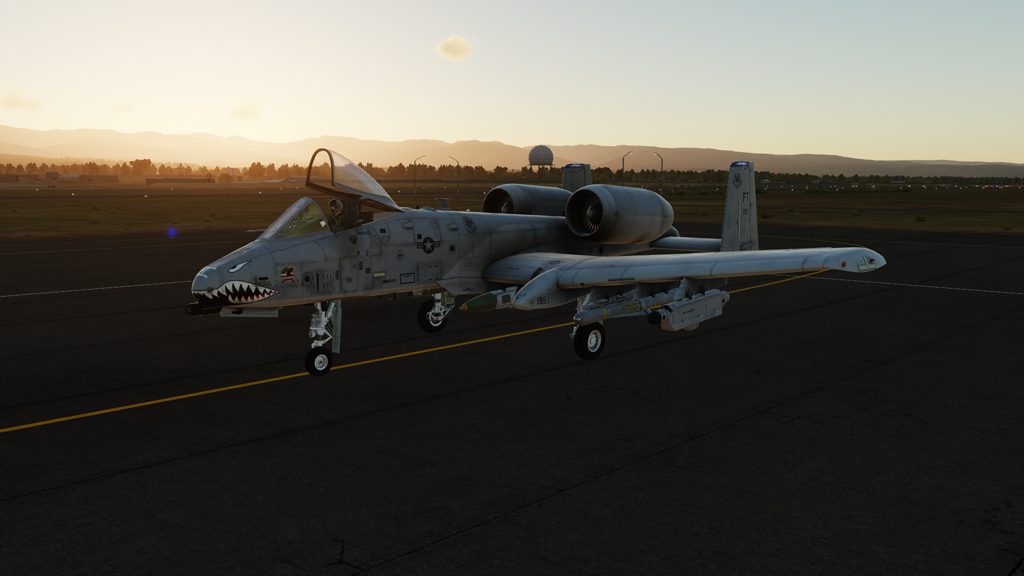
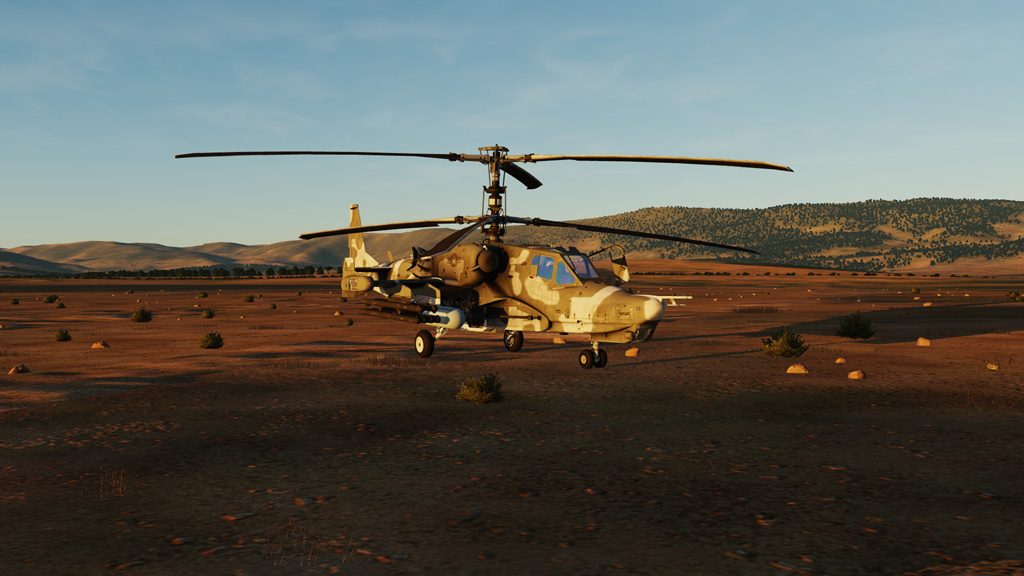

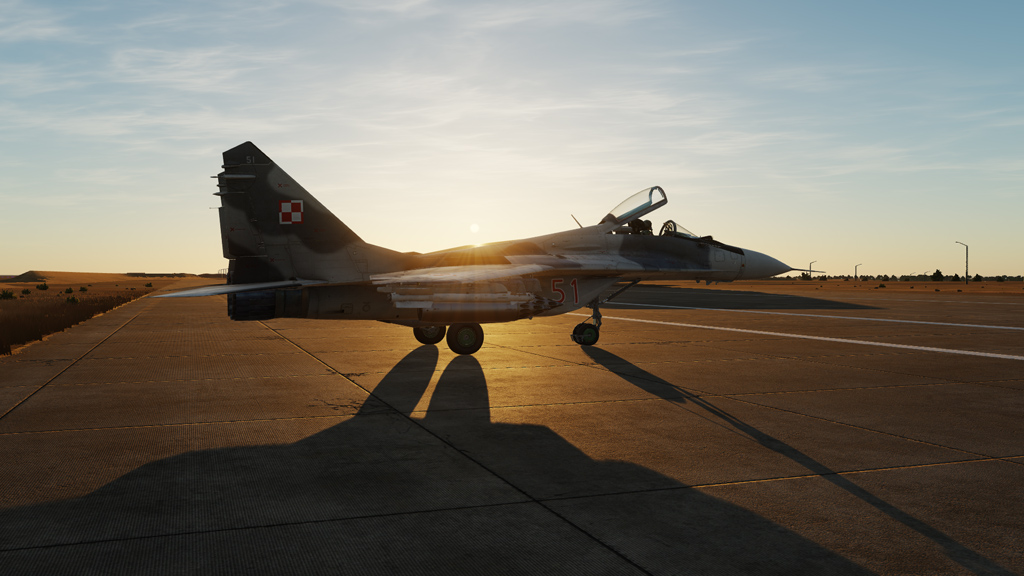

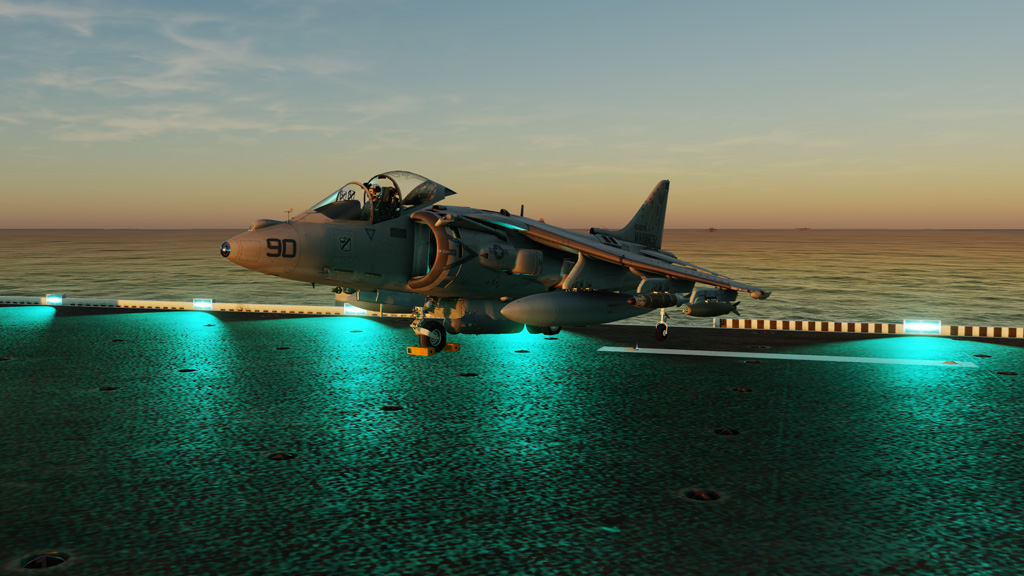
| A-10A | 6 |
| A-10C | 6 |
| A-10CII | 6 |
| AJS37 | 2 |
| AV-8BNA | 10 |
| F-14B | 6 |
| F-15C | 4 |
| F-16C Blk50 | 10 |
| F-5E | 4 |
| F/A-18C Lot 20 | 16 |
| JF-17 | 4 |
| M-2000C | 6 |
| F1CE | 4 |
| MiG-29A | 4 |
| MiG-29G | 2 |
| MiG-29S | 2 |
| Su-25 | 2 |
| Su-25T | 2 |
| Su-27 | 2 |
| Ka-50 | 2 |
| Ka-50-3 | 6 |
| Mi-8MTV2 | 12 |
| Mi-24P | 6 |
| SA342M, L, Mistral, Minigun | 2 each |
| UH-1H | 10 |
| AH-64D Block II | 14 |
| Tactical Commander | 4 |
| JTAC | 4 |
AI Flights
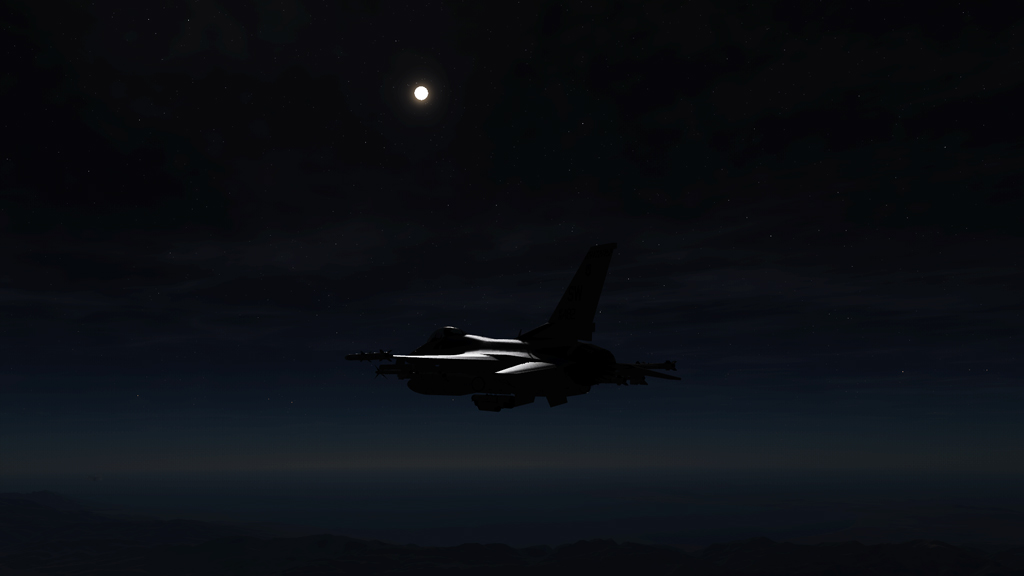
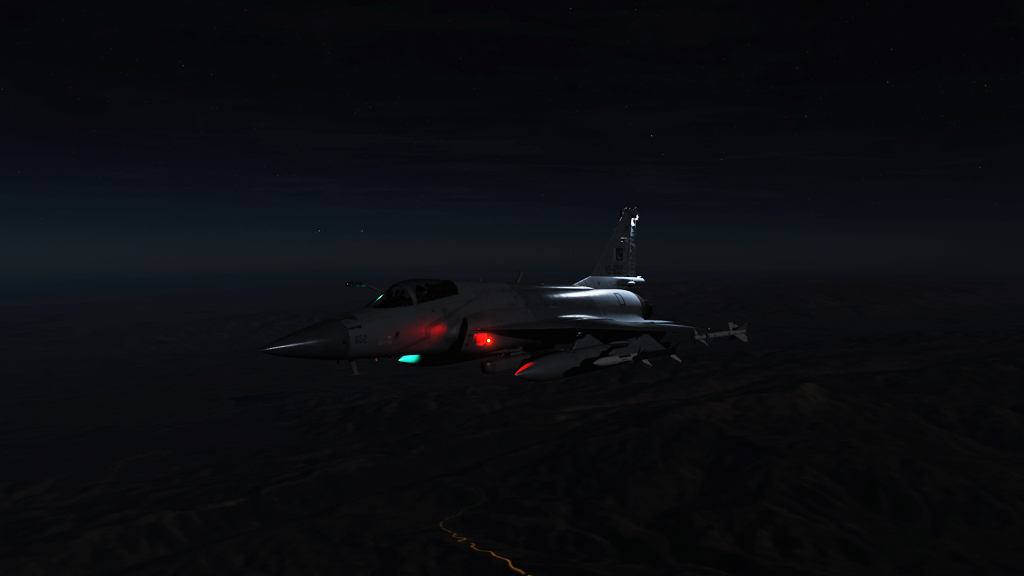
Default AI assets are minimal, consisting primarily of AWACS aircraft, aerial refuelers, and escorts. They will not contribute much, if any, toward objective completion. Called assets as described in the prior section are numerous and can heavily influence player results.
Weather
Ambient temperature: 20C
Winds: Light and variable.
Clouds: A few small clouds.
Signal
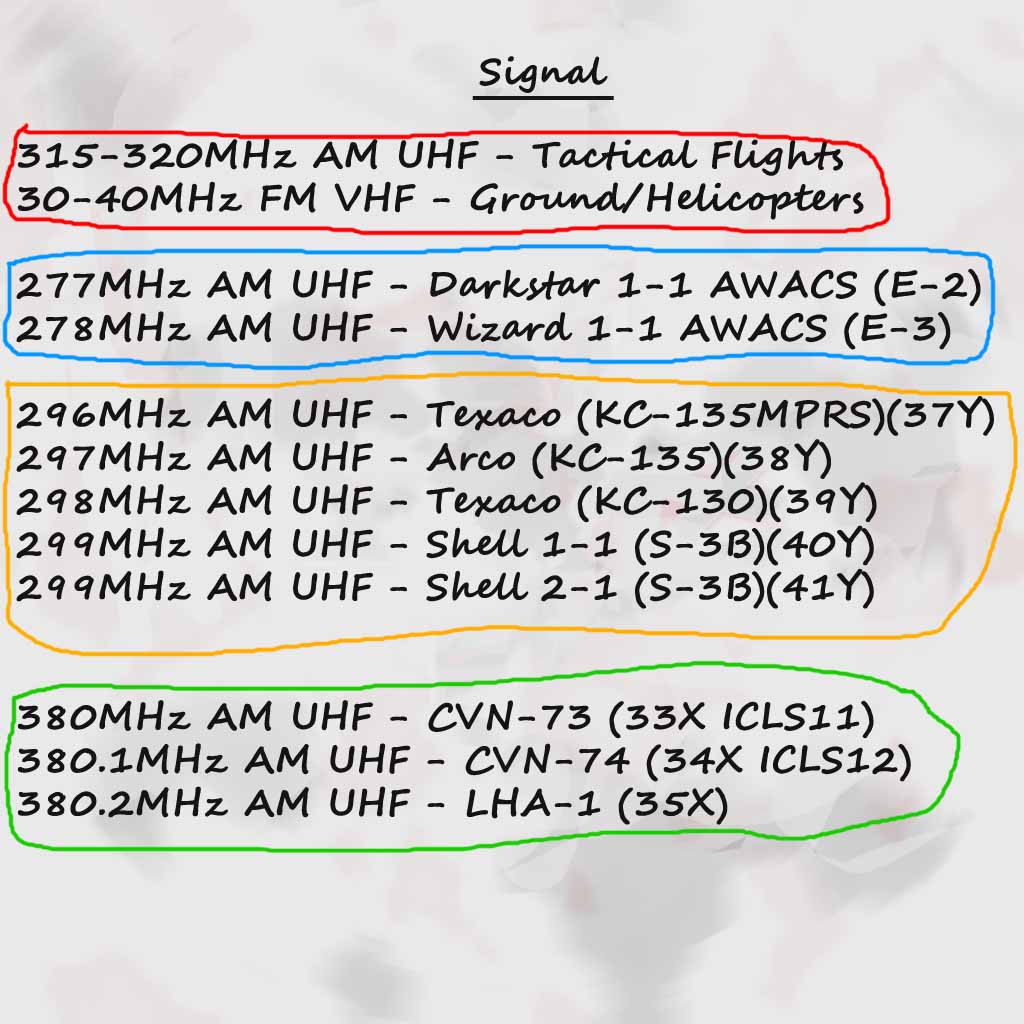

315MHz AM – Primary tactical frequency (Preset 1/0)
316-320MHz AM – Alternate tactical frequencies (Preset 2-6/1-5)
30MHz FM – Primary helicopter/ground force frequency
31-40MHz FM – Helicopter/ground forces frequencies
NOTE: Last preset of helicopter FM radio is set to starting base frequency, if available.
277MHz AM – Darkstar AWACS (Preset 7)
278MHz AM – Wizard AWACS (Preset 8)
296MHz AM – Texaco 1-1 (TAC 37Y) KC-135MPRS (Preset 9)
297MHz AM – Arco (TAC 38Y) KC-135 (Preset 10)
298MHz AM – Texaco 2-1 (TAC 39Y) KC-130 (Preset 11)
299MHz AM – Shell 1, Shell 2 (TAC 40Y, 41Y) S-3B (Preset 12)
380MHz AM – CVN-73 (ICLS 11, TAC 33X)
380.1MHz AM – CVN-74 (ICLS 12, TAC 34X)
380.2MHz AM – LHA-1 (TAC 35X)
250.55AM / 118.1AM / 39FM / 4.05AM – Bassel Al-Assad
251.2AM / 121AM / 39.65FM / 4.375AM – Rene Mouawad
251.45AM / 122.8AM / 39.9FM / 4.5AM – Taftanaz
250.85AM / 119.1AM / 39.3FM / 4.2AM – Aleppo
251.1AM / 120.5AM / 39.55FM / 4.325AM – Kuweires
228MHz AM – FARP Perth (TAC 36X) (0.999MHz AM RDF)
NOTICE: Helicopter UHF/VHF radio Preset 8/9 is set to starting base UHF frequency. Preset 9/10 and 10/11 are set to Perth, Taftanaz, or Aleppo UHF frequencies, depending on starting base.
References
US Navy Hornet Units of Operation Iraqi Freedom (Part One), Osprey Publishing (ISBN 9781841768014)
US Navy Hornet Units of Operation Iraqi Freedom (Part Two), Osprey Publishing (ISBN 9781841768854)
